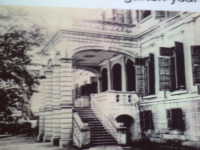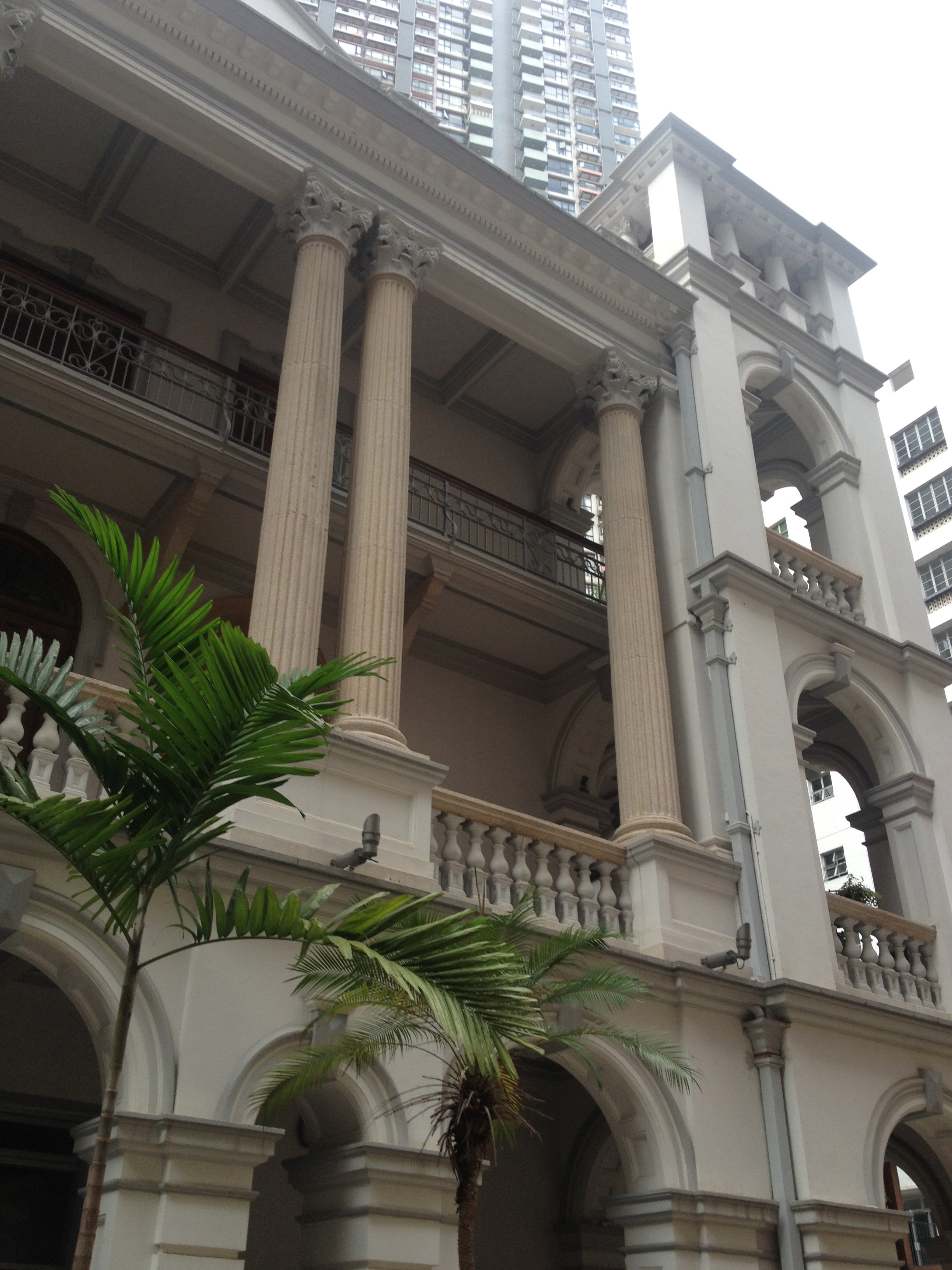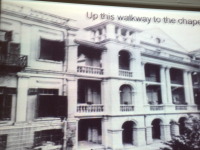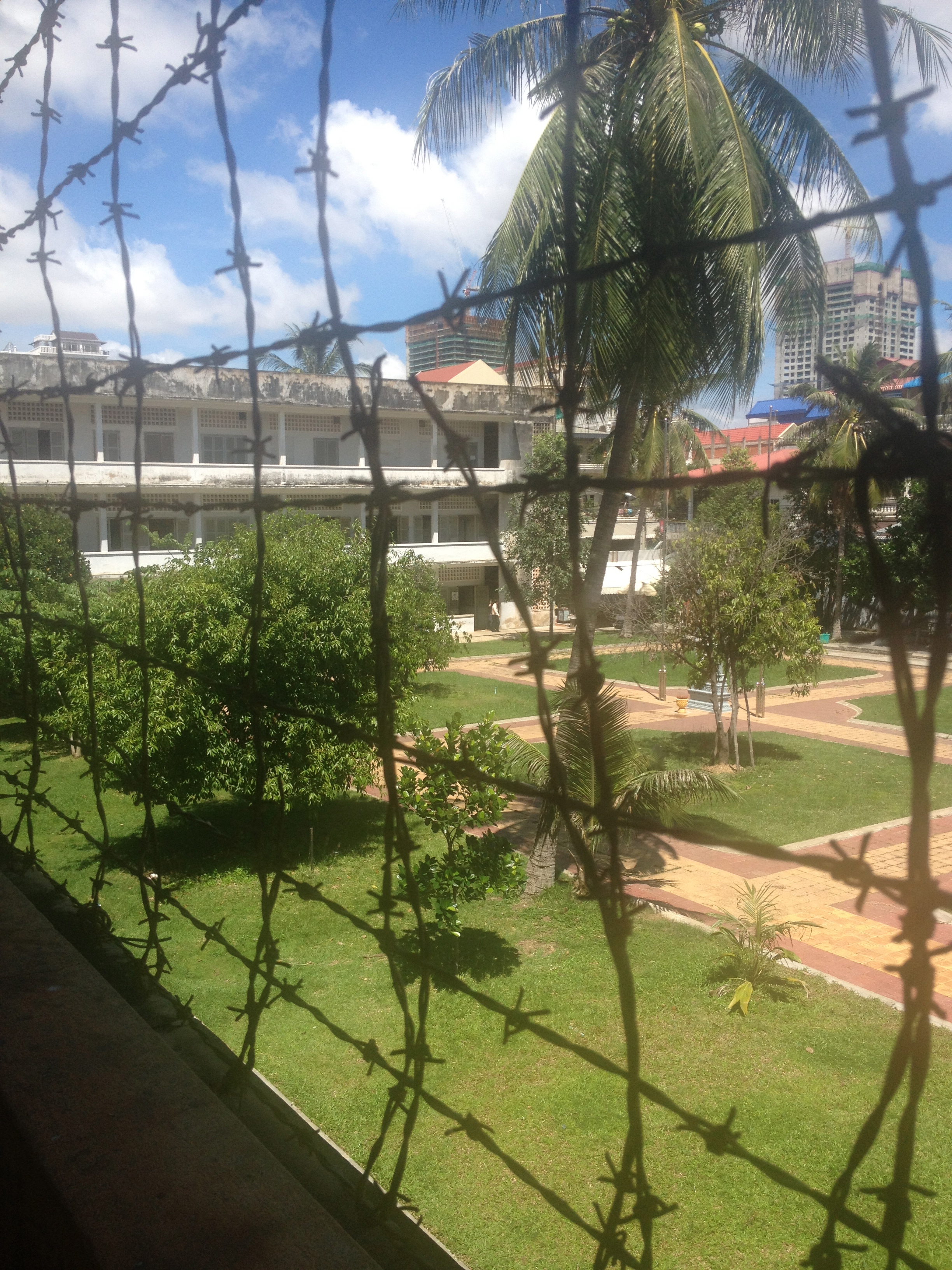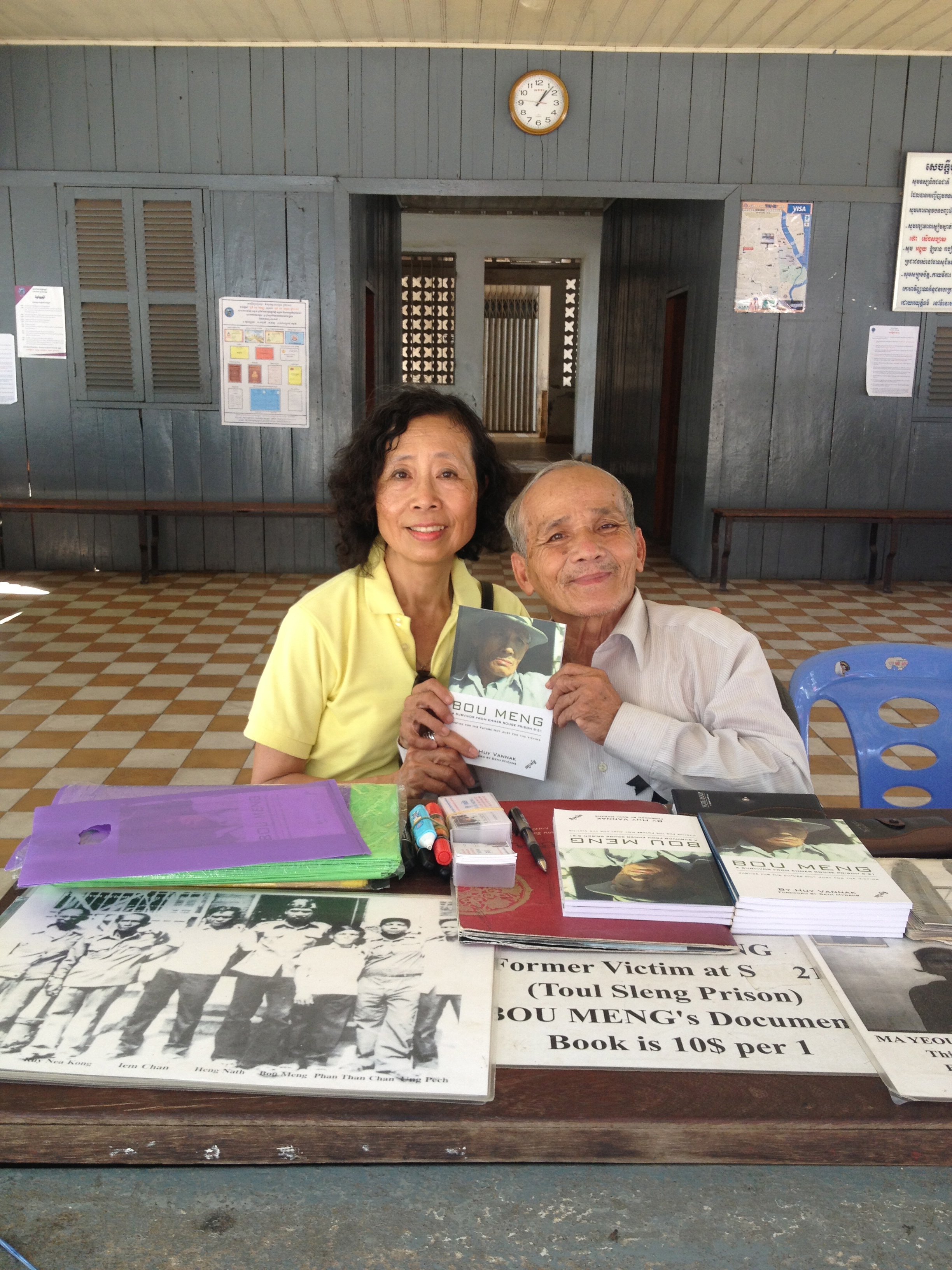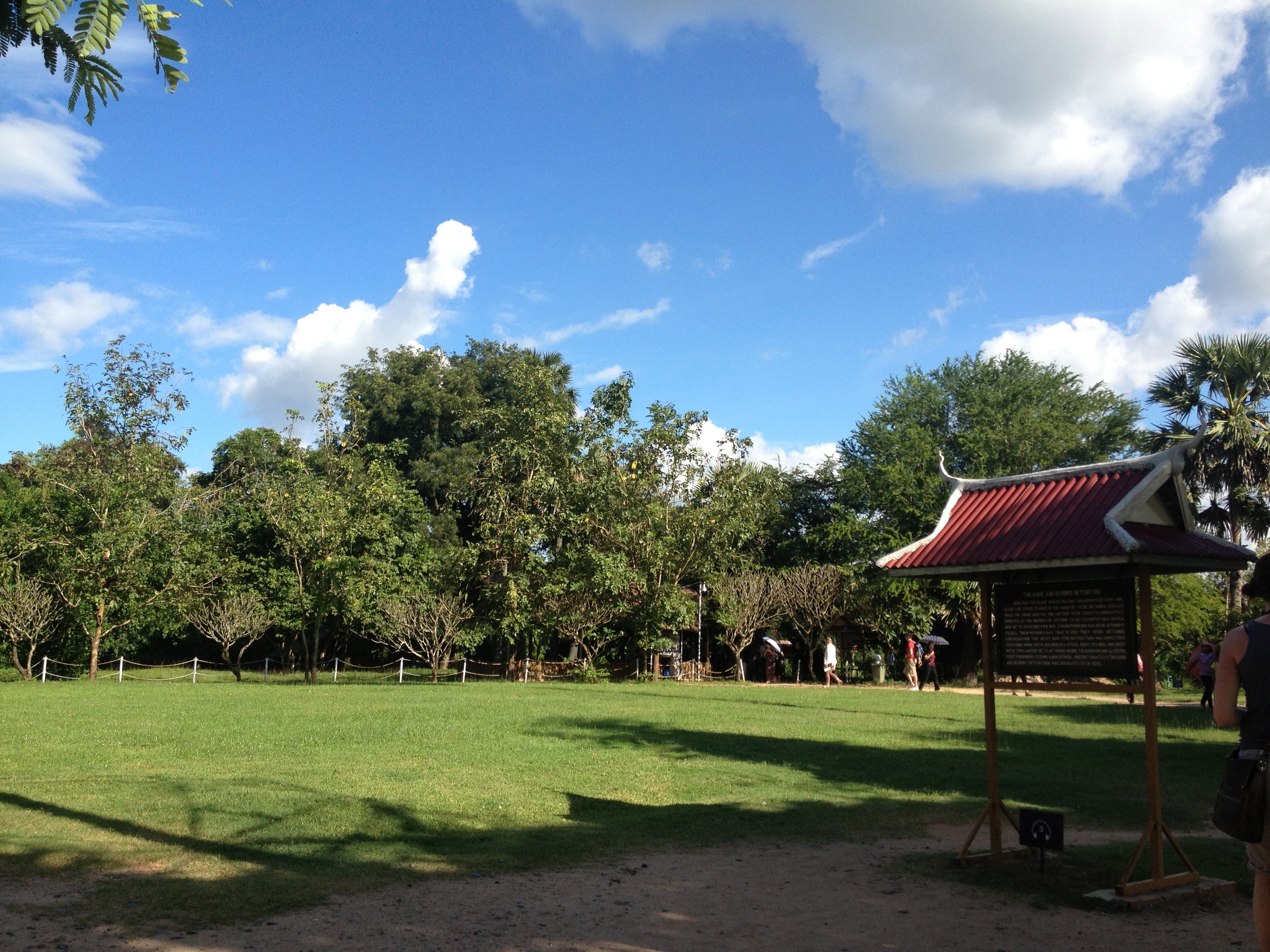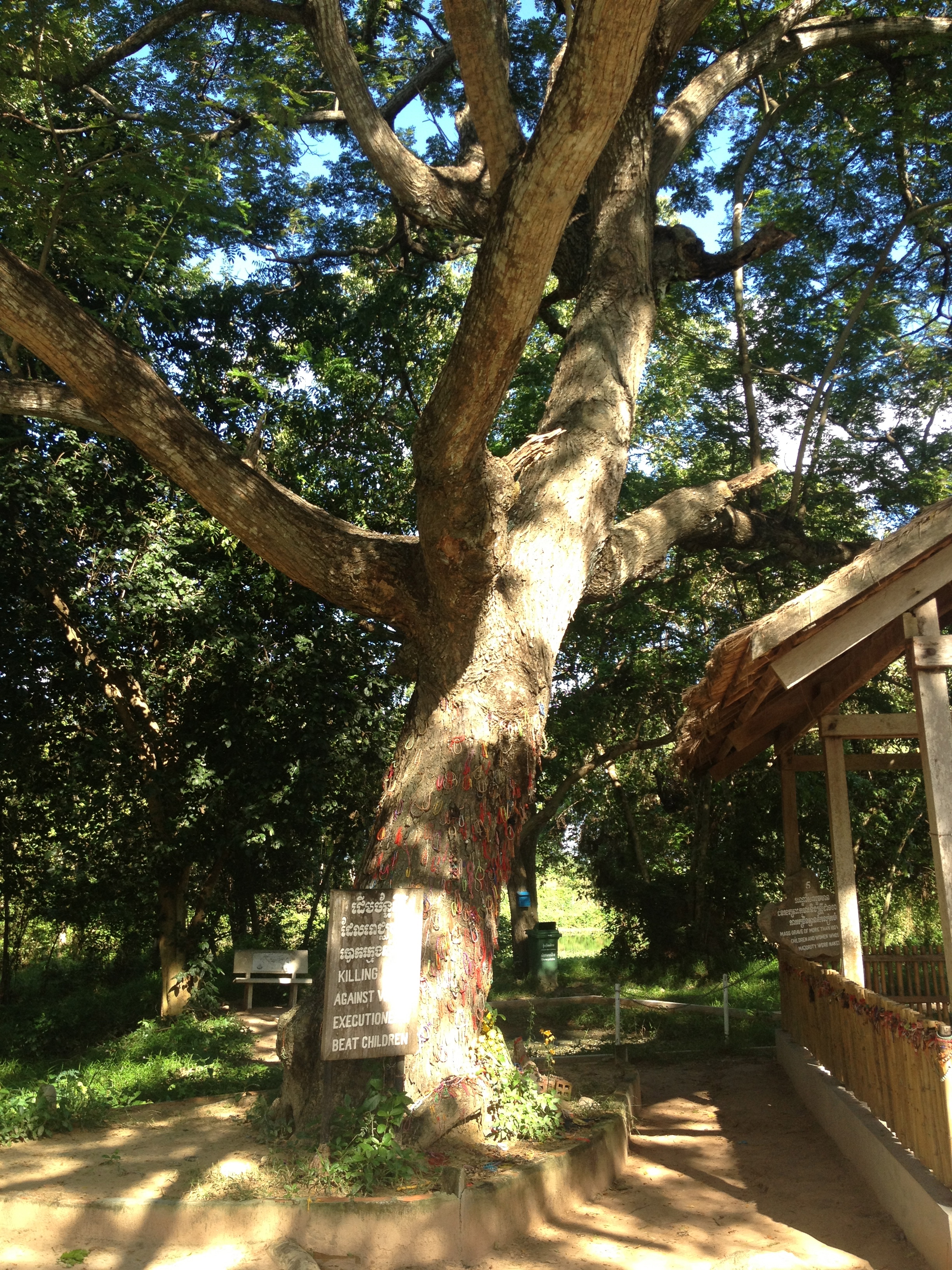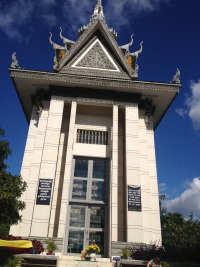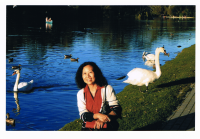Part One. The Tale of the Photos
Last week, I walked into the well-lit store with the big, bright and bitten apple logo, in my neighborhood mall. As usual, I was greeted by one of those confident-looking young attendants in blue t-shirts, name tags around their necks, and electronic tablets in hand. I said I had an appointment with the Genius Bar. I was seated at the Bar at the back of the store, and soon greeted by a Genius Bar expert. I explained when I was downloading photos, there was a warning note in my computer (a MacBook Air) that said my files were full, and I needed to delete some files.
He took a look at the little trash basket icon at the bottom of the computer screen, clicked on it, and saw all the unwanted files I had moved there. At this point, to give him the benefit of the doubt, he probably asked the question casually if he could empty the trash, to which I would have nodded consent, caught on the spur of the moment, and especially since I had wanted to delete those files in the trash in the first place.
With deft movements of his hand, too swift for my eyes, clicking, and crunching, he emptied the trash basket. Now, that would clear up a lot of space in my MacBook Air! It did! But my iPhoto application had disappeared from the computer, when we had both seen my photos neatly organized as albums and events in iPhoto before the emptying of the trash! My prized and treasured photos since 2007, from my travels, research trips for my novel-in-progress, weddings of my children, grandkids through their stages of development, all gone in a jiffy, like a wisp of smoke!
I was on the verge of tears. No worry. My Genius Bar expert connected my laptop to the external hard drive which I had been using to back up all my files, to retrieve my lost photos. But there were NO PHOTOS! According to the expert, the external hard drive had backed up all my files except for the photos! It would always remain a mystery. He took my computer into the secret back room behind the Genius Bar to search for the photos with their special equipment, but could not find them. He then gave me the final diagnosis: the photos saved in the iPhoto application of my computer were all irretrievably lost.
Part Two. The Tale of the Manuscript
The Genius Bar expert who tended to me at the Apple store back home in Toronto had reinstalled the iPhoto application into my laptop, after it disappeared along with all my photos stored and organized therein. Three days later, when I was visiting my parents in their town, I took my laptop again to the Genius Bar of the Apple store in their neighborhood, because there were still some glitches with the iPhoto application in my computer. The expert there gave a quick diagnosis of the problem, and said he needed just to restore the iPhoto application, and everything would be fixed. To me, the word ‘restore’ was a frightful word, evoking the wiping out of computer files.
“Will my documents be safe?” I asked.
“Oh yes, no documents will be touched. Only your iPhoto will be restored,” he reassured.
“My most important file is my novel manuscript. I can’t lose it. It’s backed up in my external hard drive, but to be safe, why don’t I buy a memory stick and back it up there as guarantee,” I said.
“You don’t have to do that. Just email the manuscript to yourself.” With that, he proceeded to send my manuscript file in my computer to my email account. “Go get a coffee. Come back in half an hour,” he said.
While I had coffee at the mall’s food court, I checked my email inbox from my phone the whole time, but the message with my manuscript attachment never arrived. Thirty minutes later, I went back to the Apple store. I asked to talk to my Genius Bar expert. After waiting for him to finish helping another customer, he went into the back room, and finally came out with my laptop. He came up to me. I sensed something was amiss.
“Something happened,” he began. “It was entirely my fault. I bear full responsibility for what happened. I pushed the wrong button, and all your files are gone. I am sorry.”
I broke into tears. Sorry? For wiping out the novel I was writing for two years, and about to finish? Did he realize what it meant? I never got the email that was supposed to have my manuscript attached. Now my only hope and salvation would be in the external hard drive that I had used to back up all my files. It had failed me with the photos. Let it not fail me with the almost completed first draft of my new novel.
Anxiously, I, and the Genius Bar expert, waited while the little external hard drive did its work, putting the backed-up files into the computer. It ran its course in ten minutes, the longest ten minutes ever. When the reinstalling was finished, we checked the restarted computer. And it was there…my manuscript, and I assumed everything else, except for the lost photos.
Epilogue
Days later, I was told by my computer savvy cousin that there was a way to retrieve deleted files, though not at Apple stores, as long as the computer was not reformatted, a fact which you’d think those Genius Bar experts would know, and should have told me. It also meant all my deleted photos could have been restored, if my entire computer hadn’t been cleaned out by the second Genius Bar expert who tended to me in my parents’ town.
It was a lesson learned. Always back up your important files in more places than one. I almost lost my novel-in-progress. I could not have rewritten, reconstructed a 75,000 word manuscript. In frustration and disappointment, I would have given up writing for good.
As for my photos, I still have most of them stored in one of the photo services websites, Kodak Gallery. To add insult to injury, Kodak Gallery is closing in a month and a half. But that’s another story!
 Wednesday, March 20, 2013 at 04:17PM
Wednesday, March 20, 2013 at 04:17PM 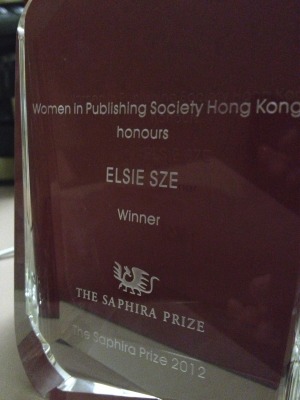
Receiving a crystal trophy at the Announcement of the Winner of the Saphira Prize 2012
 Elsie |
Elsie |  Post a Comment |
Post a Comment | 